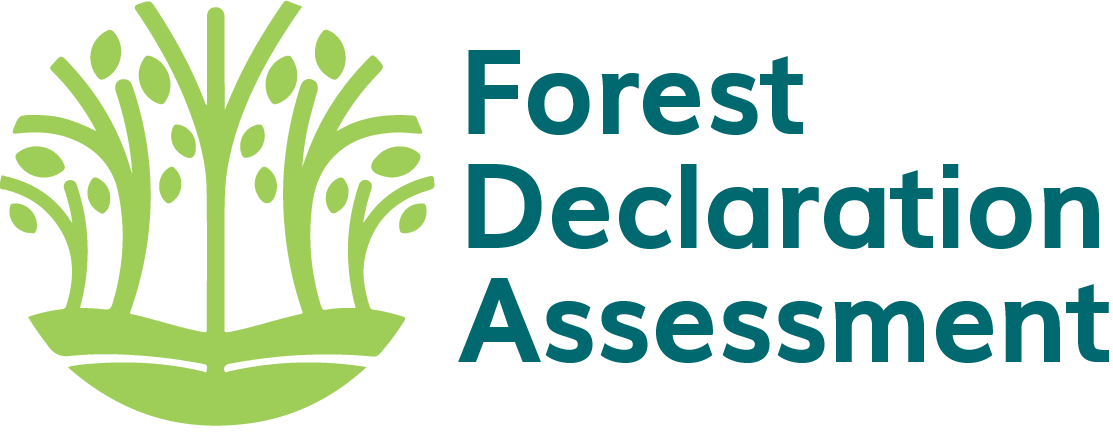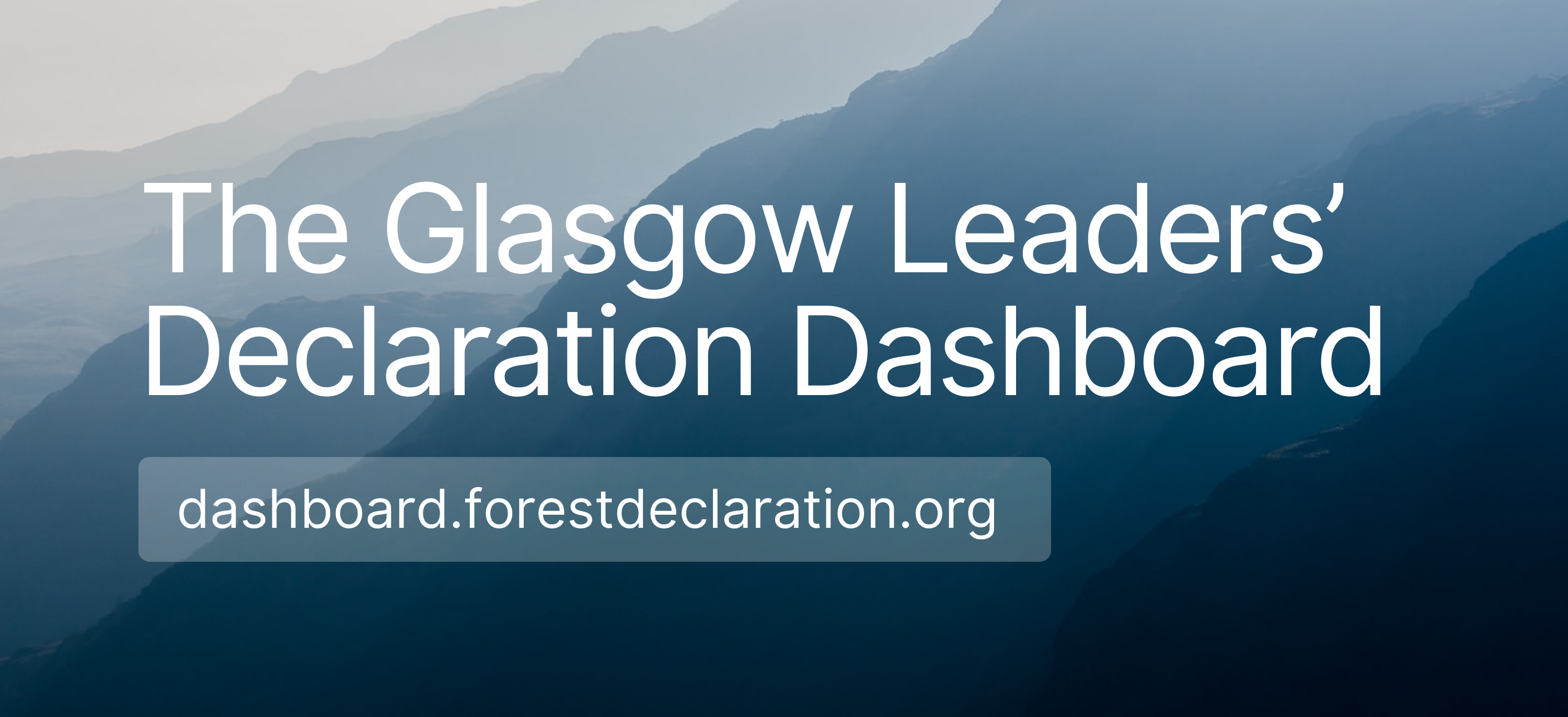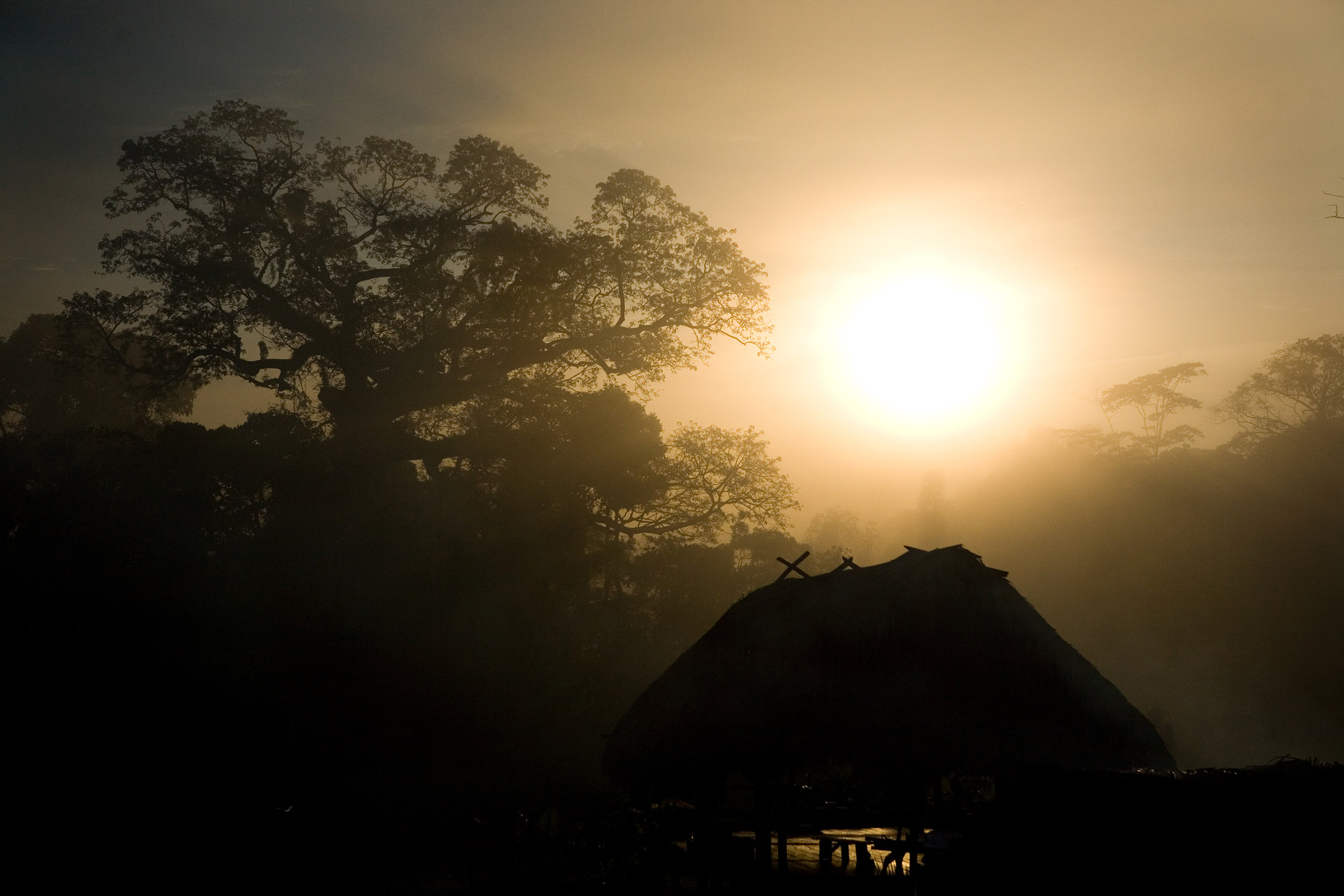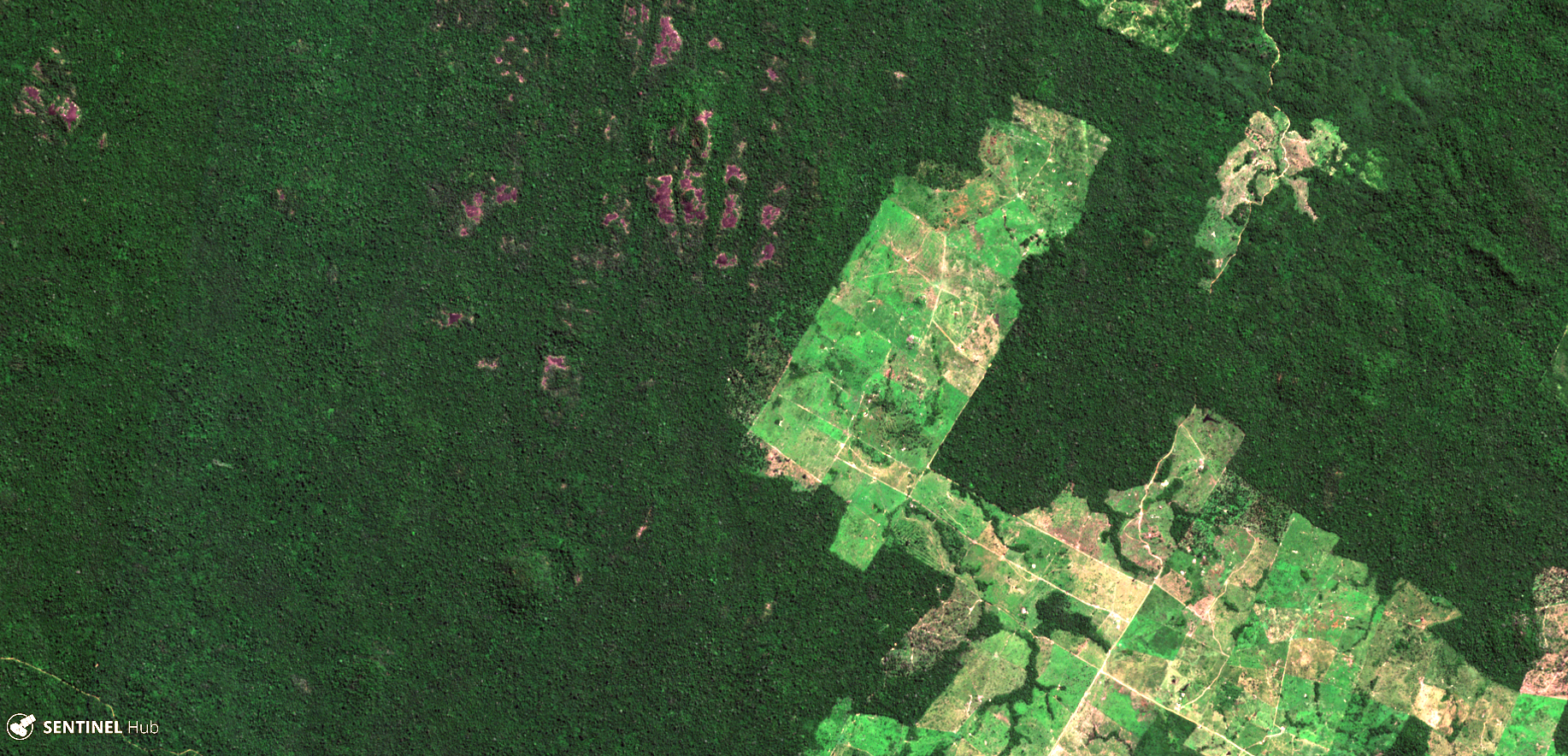By Sareh Forouzesh (Associate Director of Forests, CDP) and Franziska Haupt (Executive Director Berlin, Climate Focus)
A new pair of briefing papers from CDP and the NYDF Progress Assessment share insights into the rising risks to forests from mining and infrastructure construction, and what state and regional governments are doing to meet the challenge.
The risks of the low-carbon transition
With the latest climate science calling for global emissions to be halved by 2030 and to reach net zero by 2050, the need for a low-carbon transition is abundantly clear. However, a raft of new analysis and recent research confirms the threat such a transition will have on the world’s forests and the populations that depend on them.
Mining for critical metals and minerals that are essential for low-carbon technologies – like aluminium, copper, lithium, and cobalt – is set to burgeon in the coming decades to keep up with demand for these products. While such technologies do help to cut emissions, when many of these critical metal and mineral deposits lie beneath forest areas like the Amazon and the Congo Basin, disturbance and deforestation will have outsized effects on the global climate.
We already know that mining can cause harm to the local environment and communities, especially when it is poorly regulated and permitted in fragile ecosystems or without communities' active and informed consent. In Ghana, for example, communities that have been displaced by the mining company Newmont Gold Ghana continue to fight for a fair compensation for the loss of their land and livelihoods whilst struggling with lack of electricity and potable water, and exposure to cyanide spills.
For forests, arguably the greatest threat from mining is the fragmentation of intact forest landscapes. Access roads built to reach mining sites and transport goods from ports and refineries slash across the landscape, acting as act as cracks in the forest system causing fragmentation and eventual forest loss. Canopies are broken, root networks disrupted, free movement of wildlife interrupted.
The Amazon is already at risk of reaching a tipping point toward becoming a net carbon source, while forests in Southeast Asia have already reached that point over the last 20 years. Though the Congo Basin remains a net carbon sink, that status could easily shift if commodity production, mining, and infrastructure expand rapidly in the coming years, as has been predicted. According to a WWF study, 10.6% of the remaining intact forests in the Amazon, and 16.5% in the Congo Basin, overlap with mining operations. CDP analysis shows that around a third (30%) of all mines at the feasibility or exploration stage in the Amazon region were within 10 kilometers of an intact forest landscape. In the Congo Basin, mining exploitation and research permits are often in areas of high forest cover and in close proximity to protected areas. At the same time, only a minority of extractive companies reporting through CDP embraced specific forest-related commitments, such as No Net Loss and Net Positive impact, and only 38% reported biodiversity offsetting projects.
Low-carbon technologies such as solar panels, wind turbines, electric vehicles, and batteries are impactful means to tackle the climate crisis. However, sufficient safeguards must be put in place, if we are to avoid lasting damage to the world’s forests and the communities that live in and depend on them, and ensure the resulting forest losses do not offset many of the climate benefits of the low-carbon transition.
Learn more about impending threats to forests from the global transition to low-carbon technologies, and the associated increase in mining, in a new briefing paper from CDP and the NYDF Progress Assessment: "Low-carbon technologies: An impending threat to forests."
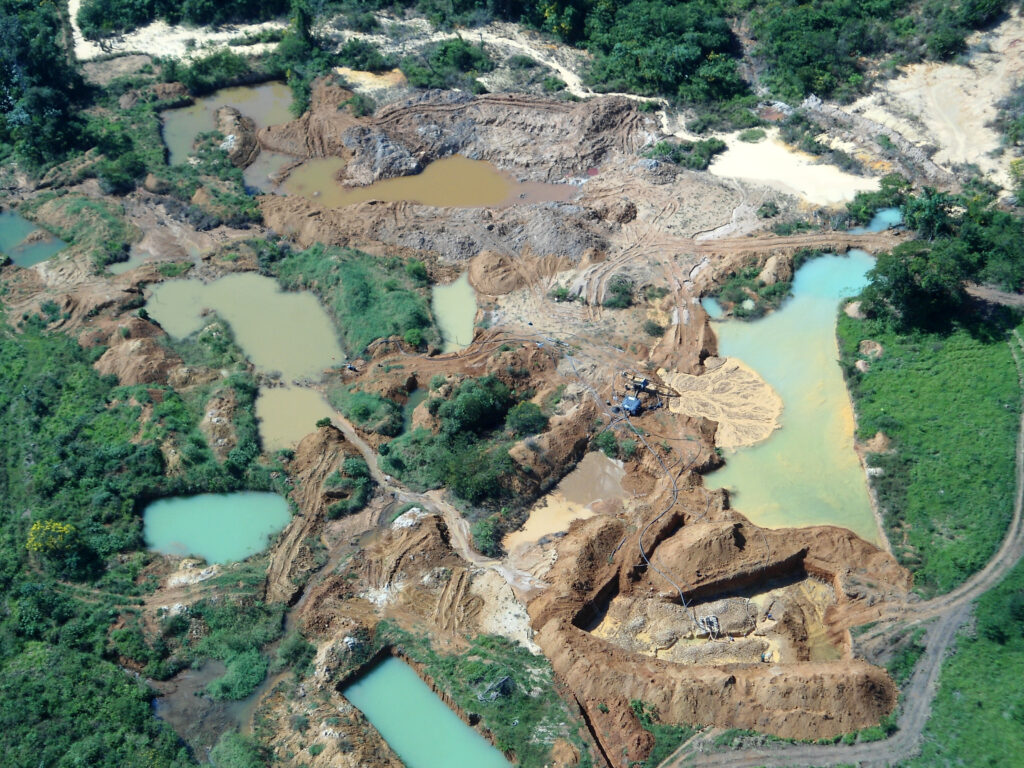
Subnational governments can lead the way
To protect forests and citizens from expanding mining and infrastructure development, state and regional governments must take proactive and urgent measures. Subnational governments – states and regions – have a critical role to play in addressing these drivers of forest loss and reducing the risks to forests.
State and regional governments, in control of mining concessions and highway and road planning, can have a huge amount of influence in how these projects are sited and planned. They also stand to benefit greatly from the clean energy transition as demand for their natural resources grow. So, what can they do to protect against the harmful side effects of this extractive boom?
Via the forest module of CDP’s States and Regions questionnaire, subnational governments can disclose both the drivers of deforestation and forest degradation within their jurisdictions, and the actions they are taking to mitigate against this. Of the states and regions reporting mining and infrastructure as drivers of forest loss through CDP in 2020, 50% and 73% have forest-related policies that address mining and infrastructure, respectively. This is great news – these governments are recognizing not just the threats their forests face, but that they can make a difference in changing the outcomes. However, this is just the beginning of this journey. Not all subnational governments have such policies in place, and operational forest management plans and risk assessments are lacking. States and regions must not lose momentum as they continue to tackle these drivers of deforestation.
Subnational governments play a crucial role in fighting climate change and developing sustainable economies. They can demonstrate leadership and set ambitious forest and climate goals, and they can ground-test real-world solutions. Leading states and regions who have disclosed through CDP are setting the pace through implementing integrated land use planning processes and creating forest management plans. Other governments should follow suit. Regional governments have a responsibility to step up their awareness of, and actions to control, the cumulative impacts of land use activities across their landscapes.
Learn more about what leading states and regions are doing to address the forest risks of mining and infrastructure – and where action is still lacking – in a new briefing paper from CDP and the NYDF Progress Assessment: "Progress by regional governments: New York Declaration on Forests Goal 3."
